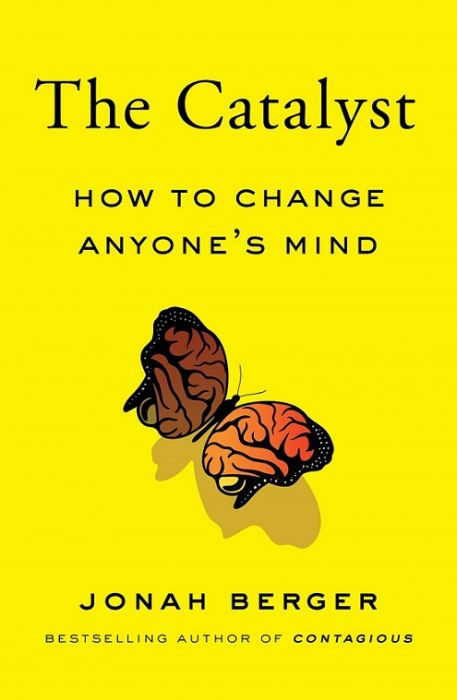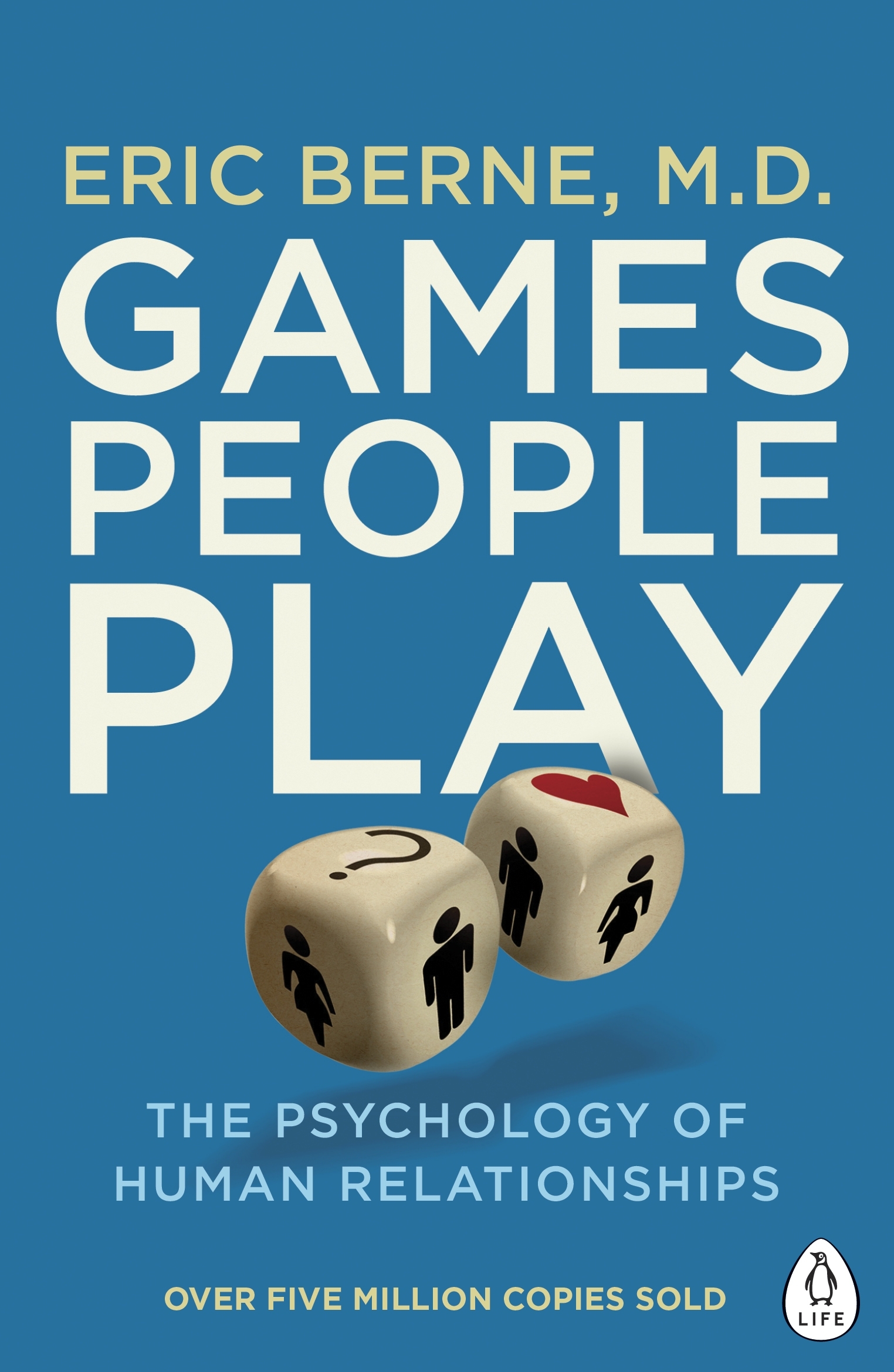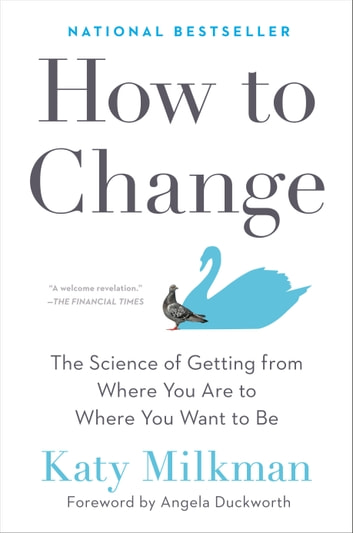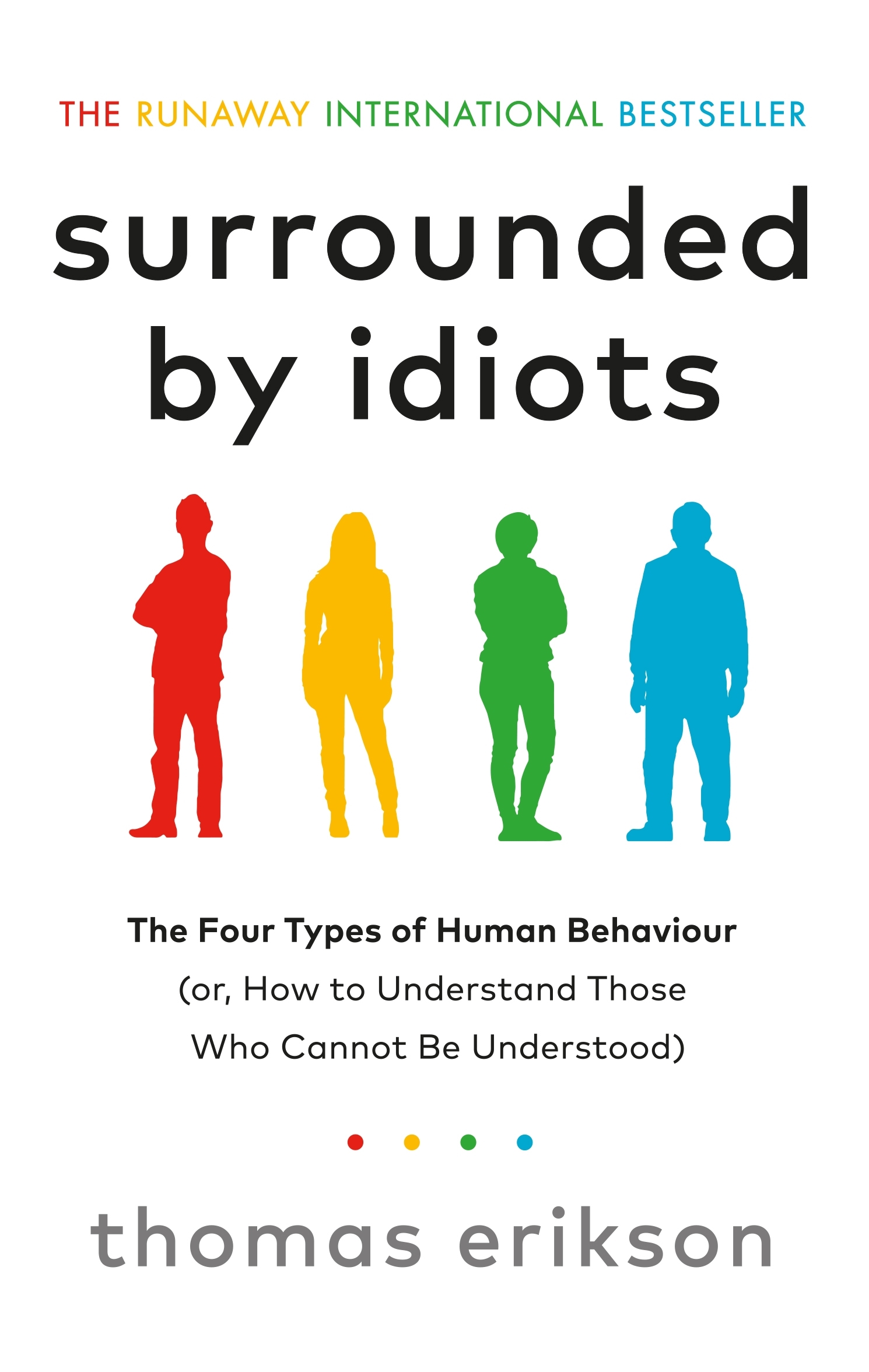Moonwalking with Einstein
by Josh Foer
- Behaviour
- Ashto =
- Jonesy =
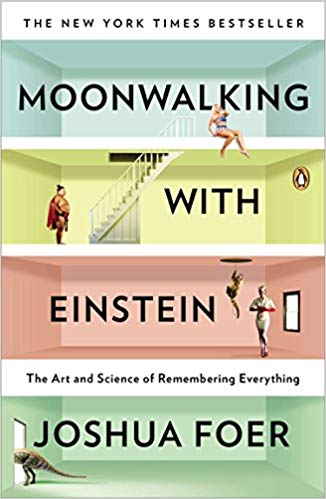
Moonwalking with Einstein – by Josh Foer
Moonwalking With Einstein tells Joshua Foer’s journey from journalist to US Memory Champion in twelve months, and talks about different memory techniques and phenomena of the brain along the way.
We’re using our memories less and less. We’ve outsourced our memory to technology and devices such as GPS systems, google and online notebooks.
When a memory goes missing, such as someones name, it can be frustrating and futile and can come at some social cost.
‘The art and science of remembering everything’
Moonwalking With Einstein Summary
For normal humans, memories gradually decay with time along what’s known as the ‘curve of forgetting’. From the moment you grasp a piece of information, your memory’s hold on it begins to loosen, until finally it lets go altogether
- 20min = 60% retained
- 1hr = 40% retained
- 2 days = 25% retained
- 1 week = 15%
- 1 month = 10%
So when a memory goes missing, like a name gets caught on the tip of the tongue, hunting it down can be frustrating and futile “Her name begins with L… she’s a painter… I met her at that party a couple of years ago…. Until one of those memories calls to mind the one we’re looking for… “Ah yes, her name was Lisa!”
Today we don’t need our memory like we used to. When we climb into the car, we use GPS, when we sit to work, we hit play on the voice recorder or open up a notebook with contents of interviews, photographs store images etc. Our memories are fading with our increased reliance on gadgets. Moonwalking with Einstein gives practical advice on how to retain memory, from the US 2006 Memory Champion.
The brain is a costly organ – though it only accounts for 2% of the body’s mass, it uses up a fifth of all oxygen we breathe and it’s where a quarter of our glucose gets burned. A memory, at the most fundamental physiological level, is a pattern of connections between the neurons. Every sensation that we remember, every thought we think, transforms our brains by altering the connections within that vast network. If thinking about the word “coffee” makes you think of the colour black, and also about breakfast and the taste of bitterness, ‘that’s a function cascade of electrical impulses, rocketing around a real physical pathway inside your brain.
The brain is a mutable organ, capable within limits – of reorganizing itself and readapting to new kinds of sensory input. A phenomenon known as neuroplasticity. Or in simplified terms, everything is learnable.
How to Remember Names
Dale Carnegie in How to Win Friends and Influence People (to come later) shows us that a person’s name is to that person the sweetest and most important sound in any language. So why don’t we take a little time to learn how to remember names?
Generally if we forget the name of a new acquaintance, it’s because we’re too busy trying to think about what we’re going to say next”.
The trick to remembering is simple: Always associate the name with something you can clearly imagine. It’s all about creating a vivid image in your mind that anchors your visual memory of the person’s face to a visual memory connected to the person’s name.
To know how it works, you need to know something about the Baker/baker paradox. Research shows two people, the same photograph, and tells one that the guy is a baker, and the other that his last name is Baker. A couple of days later, the research shows them the same two guys and asks for the accompanying word. It turns out, those who were told about the profession are much more likely to remember! When you hear the guy is a baker, the fact gets embedded in a whole network of ideas about what it means to be a baker: He cooks bread, he wears a big white hat, he smells good
The name, Baker on the other hand, is tethered only to a memory of the persons face. It is tenuous and should it dissolve, it will float off irretrievably into the netherworld of lost memories. The secret to success in the names and faces is to , simply turn “Bakers into bakers”, and “Foers into fours, and “Reagans into ray guns”
Chunking – to remember very long numbers
If you’re remembering digits: Chunking is a way to decrease the number of items you have to remember, by increasing the size of each item. This is the reason that phone numbers are broken into two parts, and credit cards are split into four.
For example, if you were to memorize 22 letters in a row: Headsshoulderskneestoes. If you didn’t know what it spelled, you would have a very tough time. But if it was broken into chunks, the words, it would be a bit easier. You could break it down from 22 chunks to four chunks: head, shoulders, knees, toes, and if you know the nursery rhyme, “heads, shoulders, knees and toes” – it can be effectively ONE chunk.
Remember a Deck of Cards with The Pao System
Remembering vivid images is much more simple than long digits of numbers, that’s when you can use the PAO system. Person – Action – Object. Every 2-digit number is a vivid image of a person performing an action with an object, which needs to be memorised. Each should be colourful and very interesting. For example:
- 34 = Frank Sinatra (person) singing (action) into a microphone (object)
- 19 = Superman flying with his cape
- 71 = David Beckham kicking a soccer ball
Next – a sting of 6 digits can become one image, by taking the person of the first, the action of the second, and object of the third
- EG: 34-19-71 = Frank Sinatra flying with a soccer ball
- 19-71-34 = Superman kicking a microphone
This is how you can memorise a deck of cards. Each card is assigned a number from 01 to 52 (meaning 52 images). Rather than remembering 52 images in order, each string of three cards is combined into one image. Thus you only need to remember 18 images (17×3 plus one remaining). Doing the hard work of memorising the 52 images, you can now save the memory work from 52 down to 18.




